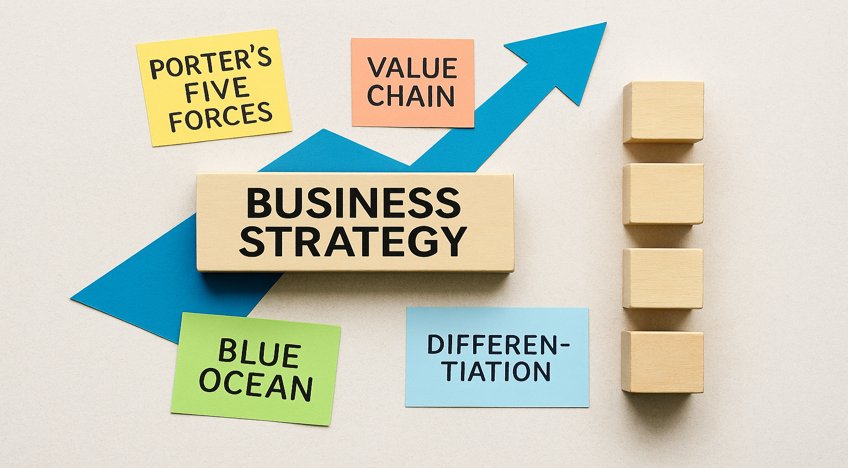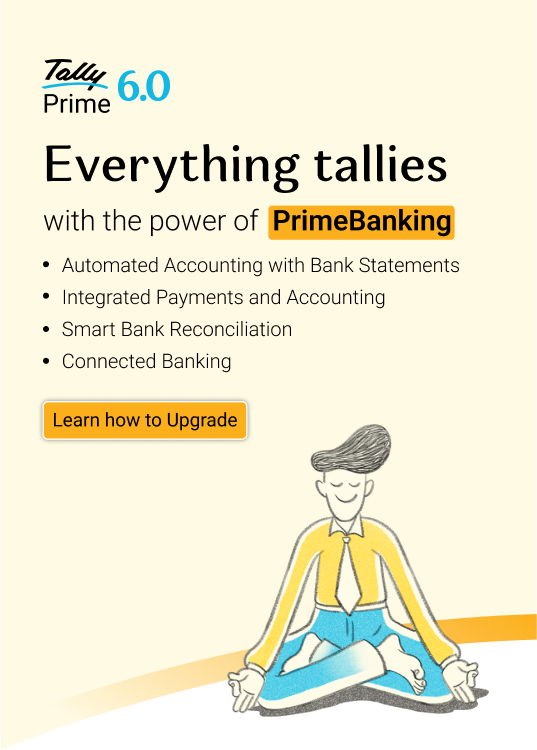Got a game-changing business idea buzzing in your head? Amazing! But here’s the thing: ideas alone don’t pay the bills. To turn your brainchild into a thriving business, you need financial fuel—and that’s where investors come in. Think of them as savvy co-pilots helping you navigate the turbulent skies of entrepreneurship. But before they climb into the cockpit, you need to show them your flight plan—a killer business funding proposal.
Putting together an investor proposal can feel daunting. What do investors actually care about? Which numbers should you highlight? How do you pitch your dream without sounding like you’re daydreaming at a café?
Here’s the secret: a business proposal is like a movie trailer for your idea. It should grab attention, build excitement, and leave investors begging to see the full feature. Let’s break down how to craft a funding proposal that earns a standing ovation—and the money you need.
The executive summary: Your elevator pitch on paper
Imagine you’re in a lift with a top venture capitalist. You have until they reach their floor to convince them your business is the next big thing. That’s your executive summary. First impressions matter—if it’s boring, you might never get past the lobby.
Your summary should answer:
-
Who you are: A crisp intro to your company.
-
What you do: The problem you solve and your unique solution.
-
How big the opportunity is: A quick market snapshot.
-
Why you’ll win: Your team’s edge or special sauce.
-
What you need: The funding amount you’re seeking.
Pro Tip: Write this section last. Once your whole plan is on paper, summarising it becomes much easier.
Business overview & problem statement: Paint a clear picture
Now it’s time to zoom in. Explain what your company does without jargon—if your grandmother can’t understand it, simplify it.
Define the problem you’re solving clearly. A business is only as valuable as the pain it relieves. Are you saving busy professionals from cooking? Helping Indian SMEs manage GST hassle-free? Frame it in a relatable way. The bigger the problem, the more valuable your solution appears.
Market analysis: Show them the hungry crowd
Investors want to know you’re not opening a lemonade stand on a deserted street. Prove there’s a market craving your product. Break it down:
-
Total Addressable Market (TAM): The global demand for your product.
-
Serviceable Addressable Market (SAM): The segment you can realistically reach.
-
Serviceable Obtainable Market (SOM): The portion you can capture in the near term.
Doing this shows you’ve done your homework and have a realistic funding strategy, making your proposal much more attractive.
Revenue model & financial projections: Show the money
Time to talk numbers—the part that can make or break your proposal. How exactly will your business make money? Subscriptions? Direct sales? Advertising? Commission-based model? Be crystal clear.
Present projections for the next 3–5 years, including:
-
Profit & Loss (P&L): Revenues, costs, profitability.
-
Cash Flow Statement: Movement of cash in and out.
-
Balance Sheet: Snapshot of assets vs liabilities.
Keep forecasts optimistic but realistic, and back them with assumptions from your market research.
Team structure & competitive advantage: Why you’ll win
Investors often say they bet on the jockey, not the horse. Introduce your key team members, their backgrounds, and skills. Show why this team is equipped to bring your idea to life.
Then, reveal your secret sauce—what makes your business better than everyone else? Innovative tech? Strategic partnerships? Operational efficiency? Make it clear why customers will choose you and competitors will struggle to catch up.
Conclusion: Invite them on the journey
You’ve painted your vision, validated your market, detailed your plan, and showcased your all-star team. Now wrap it up confidently. Reiterate:
-
The problem you’re solving
-
Why your solution is the best
-
How big the opportunity is
Finally, end with a clear ask: exactly how much funding you need and a short explanation of how it will be used—whether it’s hiring talent, developing your product, or marketing expansion.
Your business proposal is more than a document—it’s a formal invitation for investors to join you on an exciting, profitable journey. Time to go from dream to deal!


















